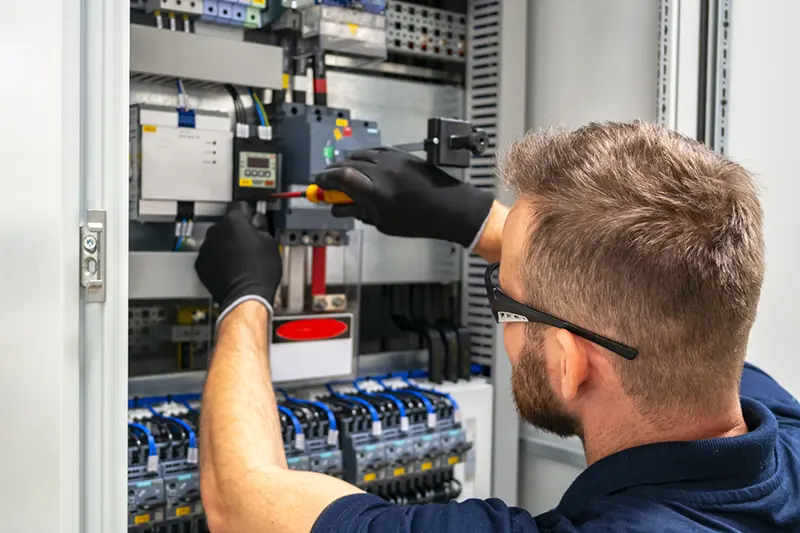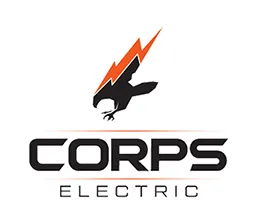 Electricity, what a luxury, along with air conditioning, what did the human race ever do without them?
Electricity, what a luxury, along with air conditioning, what did the human race ever do without them?
I am not sure what it was like, but I can for sure say, I am thankful to have been spoiled with them.
Now when either of them are not working, let the anxiety begin. What happened, what could be wrong, and what is it going to take to get that comfort back.
I can’t say for the HVAC, however for the breaker that might be tripping, and being a nuisance, I just might be able to help.
The two main reasons a breaker may be tripping, and while it may be a nuisance, it is doing its job. This first, and in no particular order, would be due to a short, in the circuit. This is a failure at some point in the circuit. Assuming you have a service, and wiring that is properly grounded. Many older homes may not be. You could have a failure and not know it.
In the circuit, that has the ground wire, known as the equipment grounding conductor, this conductor, is to be connected to all metal surfaces associated with that circuit, that are not intended to normally carry current. If there is a fault and the normal current carrying conductor comes in contact with any metal surface, then it will be a direct short and instantaneously trip that breaker.
The other situation that will cause a breaker to trip would be an overload.
Imagine if you will, you have a circuit breaker that, is rated for 20 amps, and you have a duplex receptacle that is rated for 15 amps (typical in a house). A vacuum cleaner will consume around 12 amps.
According to the NEC (national electrical code), for a residence there is only a requirement on the number of circuits required based on the size of the home. However, there is no limit on the number of lights or receptacles installed on an individual circuit. This pertains to most circuits in the home.
Back to the point. So, we have a twenty amp circuit that has, let’s just say ten 15 amp duplex receptacles. The maximum load on that receptacle, can not be more than 12 amps. Load up all ten of those, receptacles and now you have an overload.
The breaker may hold for a bit with 20 amps, maybe up to 3 hours. Maybe not. One more high load device and that breaker is going to trip.
If you are experiencing issues like this, your least expensive option is to unplug and relocate your, you name it. If this not an option you need to add an additional 20 amp circuit.
I have seen some, think they can remedy this, by installing a larger circuit breaker.
This is a mistake! It is a recipe for a fire. The wiring nor the devices are rated for this. They will overheat, they will begin to melt, and can go up in flames.
If your home is older than 60 years, it most likely has already experienced these overload situations. The wiring in these older homes is not adequate, and needs to be updated. At some point in time, some one has come along and installed 20 amp breakers on circuit wiring that is not capable of carrying that current.
So now we know what can cause a breaker to trip, now what?
Let’s get everything unplugged, unless you can pinpoint any exact cause. Turn off any lights. Now make a trip to your breaker box. Most breaker when tripped, will be In the center position. There are some that is hard to tell if it is in the tripped position. If your panel is properly labeled, you should be able to locate it.
If you can see the one, that is tripped, now you have to physically push it all the way to the off position, before you can turn it back on.
If you can not tell which breaker is tripped , then it is time to start cycling each breaker off then back on.
Now go back to the area of your home and try the lights (easiest) then start plugging things back in.
If you are experiencing any electrical issue, please don’t procrastinate, call your electrician now!
If you don’t know who to call, call Corps (core) Electric. I will get you back in working order.
Mike Griggs
Corps Electric
(405)972-3112
